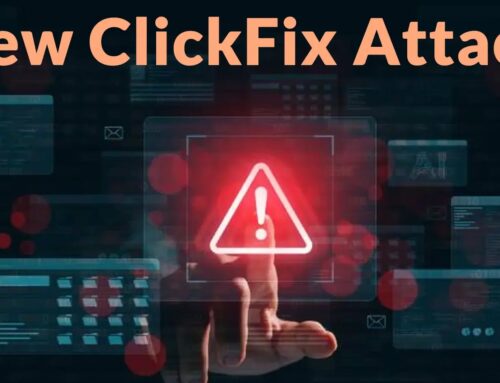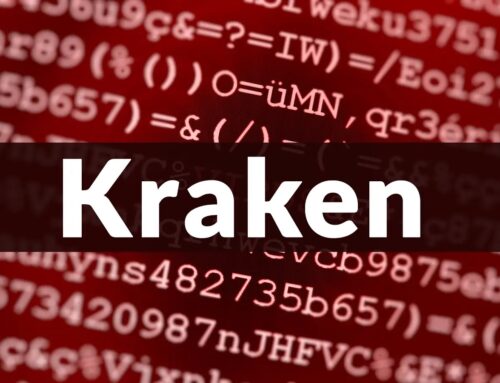
Checkout.com Hacked – ShinyHunters Breached Cloud Storage, Company Refuses Ransom
Checkout.com Suffers ShinyHunters Breach: Lessons from a Legacy System Exposure
The digital landscape is a minefield, and even industry giants are not immune to the threats lurking within its depths. Recently, payment processing behemoth Checkout.com disclosed a significant security incident: a breach orchestrated by the notorious hacking collective, ShinyHunters. This isn’t just another headline; it’s a stark reminder of the persistent dangers posed by outdated infrastructure and the critical need for rigorous data lifecycle management.
While Checkout.com asserts that critical payment infrastructure remains untouched, the incident compromised a legacy third-party cloud file storage system, exposing internal documents from years past. The company attributes this vulnerability to its own oversight in decommissioning an outdated platform. This incident, affecting less than 25% of its current merchant base, underscores the importance of a proactive security posture, especially when dealing with historical data.
Understanding the ShinyHunters Threat Actor
ShinyHunters is a well-known cybercriminal group with a history of high-profile data breaches. They are notorious for targeting organizations to exfiltrate sensitive data, which they then typically sell on dark web forums or use for extortion. Their methods often involve exploiting misconfigured cloud storage, unpatched vulnerabilities, or stolen credentials. The group’s persistent and aggressive tactics make them a significant threat to any organization holding valuable data.
In this particular instance, ShinyHunters managed to penetrate a legacy cloud storage system. This emphasizes a common attack vector: the forgotten or under-secured corner of an organization’s IT infrastructure. While there is no specific CVE tied directly to this operation, the principles of securing cloud storage and decommissioning old systems are paramount in preventing such attacks.
The Impact of Legacy System Vulnerabilities
The Checkout.com breach highlights a critical vulnerability that many organizations face: the neglected legacy system. These systems, often operating outside of current security protocols and patching cycles, become attractive targets for threat actors. They represent a significant attack surface due to potential misconfigurations, outdated software versions, and lack of continuous monitoring. The company itself acknowledged this oversight, stating the breach stemmed from a failure to adequately decommission the platform.
Even if a system is no longer actively used, as long as it contains sensitive data and remains internet-accessible, it poses a risk. This incident reinforces the need for comprehensive asset management, security audits, and a strict data retention policy that includes secure data destruction or migration from deprecated platforms.
Company Response and Refusal to Pay Ransom
Checkout.com’s response to the breach included prompt disclosure and an investigation. Crucially, the company publicly stated its refusal to pay the ransom demanded by ShinyHunters. This stance, while challenging, is often recommended by cybersecurity experts and law enforcement. Paying ransom not only funds criminal enterprises but also provides no guarantee that the data will be returned or not leaked. It can also mark an organization as a willing target for future attacks.
The transparency from Checkout.com, acknowledging their “oversight,” is also a commendable step. It fosters trust and provides valuable lessons for other organizations grappling with similar challenges.
Remediation Actions and Best Practices
Preventing and responding to breaches like the one experienced by Checkout.com requires a multi-faceted approach. Organizations should consider the following remediation actions and best practices:
- Comprehensive Asset Inventory: Maintain an up-to-date and accurate inventory of all IT assets, including cloud storage, servers, and applications, regardless of their operational status.
- Secure Decommissioning Policies: Implement stringent policies and procedures for decommissioning legacy systems and platforms. This must include secure data migration, deletion, and validation that no sensitive data remains.
- Regular Security Audits: Conduct frequent penetration testing and security audits of all systems, paying particular attention to older or less-frequently updated environments.
- Cloud Security Posture Management (CSPM): Utilize CSPM tools to continuously monitor cloud environments for misconfigurations, compliance violations, and potential vulnerabilities.
- Data Lifecycle Management: Establish clear data retention policies and mechanisms for secure data destruction when data is no longer required.
- Employee Training: Educate staff on the importance of security best practices, recognizing phishing attempts, and reporting suspicious activities.
- Incident Response Plan: Develop and regularly test a robust incident response plan to ensure a swift and effective reaction to any security breach.
- Vendor Security Assessment: Thoroughly vet third-party vendors and ensure their security practices align with your organization’s standards, especially for cloud service providers.
Tools for Cloud Storage Security and Decommissioning
While no single tool can prevent all breaches, several categories of tools can significantly enhance cloud storage security and assist in proper decommissioning:
| Tool Category / Name | Purpose | Link |
|---|---|---|
| Cloud Security Posture Management (CSPM) Tools (e.g., Wiz, Orca Security) | Identify and remediate misconfigurations, compliance violations, and vulnerabilities across cloud environments. | Wiz, Orca Security |
| Data Loss Prevention (DLP) Solutions | Monitor and prevent sensitive data from leaving defined network boundaries, including cloud storage. | (Varies by vendor, e.g., Symantec DLP, Microsoft Purview) |
| Cloud Access Security Brokers (CASB) | Provide visibility into cloud services, enforce security policies, and protect against data exfiltration. | (Varies by vendor, e.g., Zscaler, Forcepoint) |
| Cloud Storage Lifecycle Management Features (Native to AWS, Azure, Google Cloud) | Automate the transition of data to different storage classes, deletion, and retention policies. | AWS S3 Lifecycle Management, Azure Blob Storage Lifecycle Management |
| Secure Deletion Tools / Data Shredders | Ensure data is irrecoverably erased from storage media before decommissioning. | (Often built into OS or specialized software) |
Key Takeaways from the Checkout.com Incident
The Checkout.com breach serves as a powerful reminder for every organization. First, legacy systems are not benign; they are often ticking time bombs of unaddressed vulnerabilities and forgotten data. Second, a robust security posture demands continuous vigilance, encompassing not just active systems but also those slated for retirement. Finally, transparency and a firm stance against ransomware are crucial elements of responsible incident management.
Organizations must adopt a “zero-trust” mindset towards all components of their infrastructure, actively seeking out and mitigating potential weaknesses, especially those residing in the shadows of their historical IT landscape. The cost of neglecting these forgotten corners far outweighs the effort required to secure them





